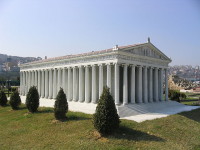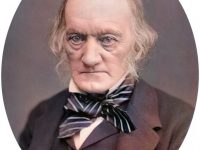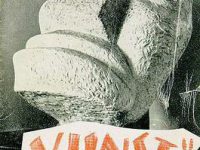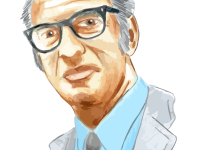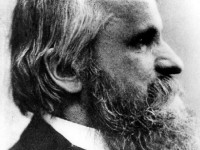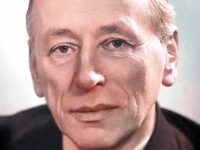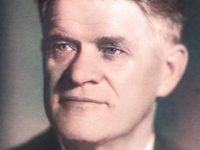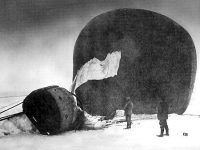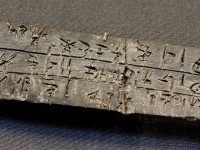Herostratus burning down one of the Seven Wonders of the World
On July 21, 356 BC, Herostratus, in an attempt to immortalise his name, set fire to the to the wooden roof-beams of the Temple of Artemis, one of the Seven Wonders of the Ancient World. For this outrage, the Ephesians sentenced Herostratus to death and forbade anyone from mentioning his name. Eversince this time, the term “Herostratic fame” relates to Herostratus and means, roughly, “fame at any cost”. The Temple of Artemis Modern archaeologist…
Read more

